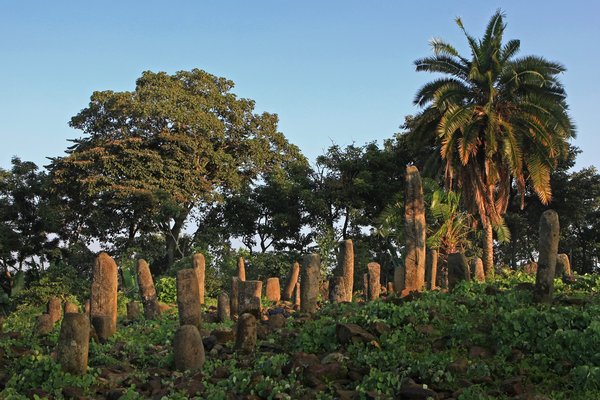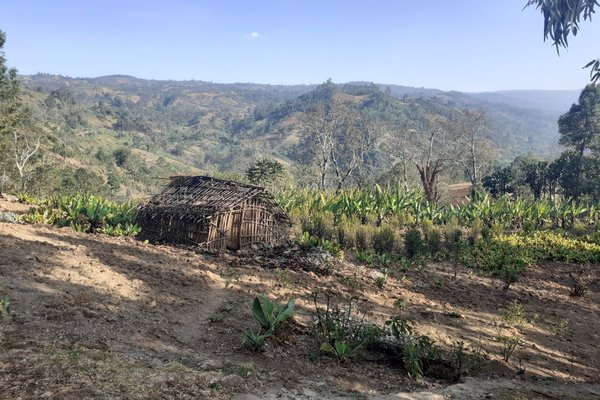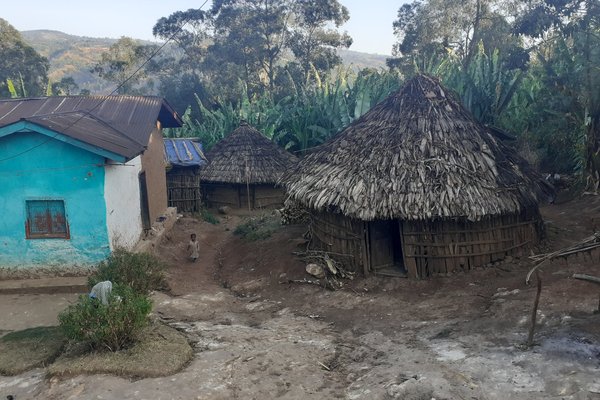Ethiopia
Gedeo Cultural landscape
The Gedeo cultural landscape represents the traditional agroforestry practices of the indigenous Gedeo community.
The Gedeo have used the forests for millennia for the cultivation of enset (a plant that is the ingredient for a staple flatbread) and later coffee. They developed a system of customary laws and norms to use the forests sustainably. The area also includes ritual sites such as megalithic clusters of steles.
Community Perspective: Wojciech visited 3 places of interest in early 2024.
Site Info
Official Information
- Full Name
- The Gedeo Cultural landscape (ID: 1641)
- Country
- Ethiopia
- Status
-
Inscribed 2023
Site history
History of Gedeo Cultural landscape
- 2023: Advisory Body overruled
- ICOMOS suggested immediately inscribing In Danger. Overturned by amendment from Qatar.
- 2023: Inscribed
- Inscribed
- 2021: Incomplete - not examined
- 2020: Revision
- Successor to Gedeo Mixed Cultural and Natural Landscape (2012)
- Type
- Cultural
- Criteria
- iii
- v
Links
- UNESCO
- whc.unesco.org
All Links
UNESCO.org
- whc.unesco.org — whc.unesco.org/
Community Information
- Community Category
- Cultural Landscape: Continuing
Travel Information
Recent Connections
-
Built in the 19th Century
"At the end of the 19th century they lo… -
Stelae
"Within the property are many clusters … -
Pictographs
"Two prehistoric rock art sites are als…
Connections of Gedeo Cultural landscape
- Trivia
-
-
Minority communities
Gedeo
-
- History
-
-
Megalithism
"Within the property are many clusters of megalithic steles mainly on high ridges, which, until the mid-1930s, were associated with rituals and annual sacrificial ceremonies." (AB ev)
-
- Religion and Belief
-
-
Living indigenous religions
"based on traditional knowledge and belief systems that reserved certain parts of the forest as sacred areas" (crit iii) -
Sacred Forests or Groves
"Parts of the natural forest are set aside as sacred areas for ritual purposes" (AB ev)
-
- Human Activity
-
-
Erotic art
Phallic stelae, for example at Tuto-felaSee fr.wikipedia.org
-
Pictographs
"Two prehistoric rock art sites are also present in the property and their images reflect pastoral communities, perhaps precursors of those who created the steles." (AB ev) -
Coffee
"The indigenous enset is the main food crop and coffee is now the main the cash crop." (AB ev)
-
- Constructions
-
-
Stelae
"Within the property are many clusters of megalithic steles mainly on high ridges, which, until the mid-1930s, were associated with rituals and annual sacrificial ceremonies." (AB ev)
-
- Timeline
-
-
Built in the 19th Century
"At the end of the 19th century they looked for new territory beyond the chain of hills running southward along the Rift Valley escarpment that they then inhabited, and expanded southwards and eastwards into Guji territory with settlers establishing agroforestry practices in the new forest areas." (AB ev)
-
News
No news.
Recent Visitors
- amychemu
- marcel staron
- Stanislaw Warwas
- Svein Elias
- Randi Thomsen
- Wojciech Fedoruk
- Jarek Pokrzywnicki
Visitors of Gedeo Cultural landscape
Community Reviews
Show full reviews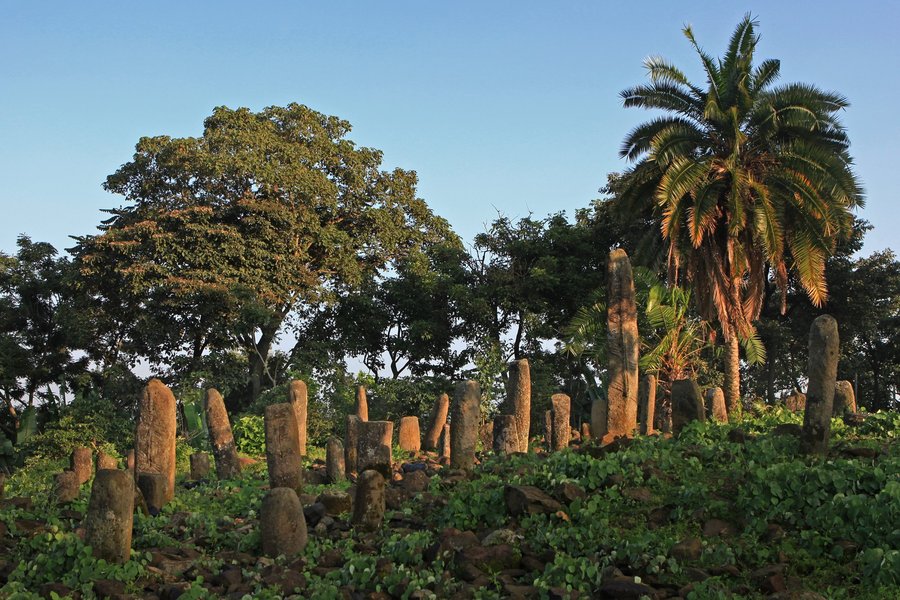
Chelba-Tututi was the cemetery we visited after reading Woijtek’s recommendations. It is in the tiny village of Koti, about 40 minutes south of Dila. The guide was excellent; only men are buried here under phallus shaped stellas, they were recording 1506 pieces scattered allover, very few have inscriptions. British and a German anthropologist have unearthed in 1994 and 2011 gold bracelets and pottery. For circumcised men, it was customary to be buried with two.
Keep reading 0 comments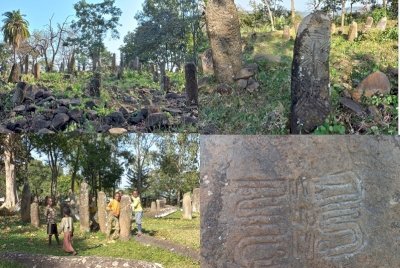
Site visited in January 2024 as a family trip.
The Gedeo cultural landscape is a recent entry on the UNESCO list, located in a very fertile place, on the slopes of the Rift Valley. The area is green even in the dry season, almost everything is grown here - from coffee to tropical fruits to potatoes and grain.
The area is inhabited by the Gedeo people, who are said to have created unique rules for coexistence and use of natural resources. It's hard to tell when you're there, because the place is currently completely neglected when it comes to serving visitors. Fortunately, the state party provided a comprehensive map of places of interest, so we had a starting point. And on the main road from Hawassa to the Kenyan border there are signs to specific places of interest.
We visited three of the places indicated by the state party,: Tuto-Fela, Chelba-Tutiti and Birbirota Sacred Forest.
Tuto-Fela is an ancient cemetery with dozens of well-preserved stelae, some of which are additionally decorated. The place is located about 5 km from the main road and it is not easy to get there, but it has a normal ticket office and a "guide". I write in quotation marks on purpose, because ours couldn't say much. He also did not know the age of the stelae, because I don't really believe it was built in the 1st century AD. He only indicated that the graves were women's, and …
Keep reading 0 comments
